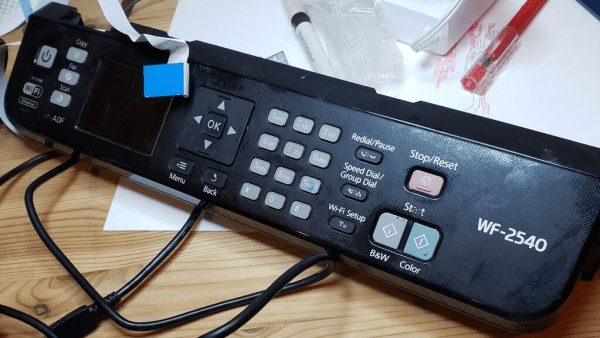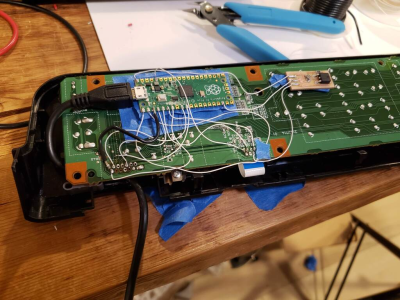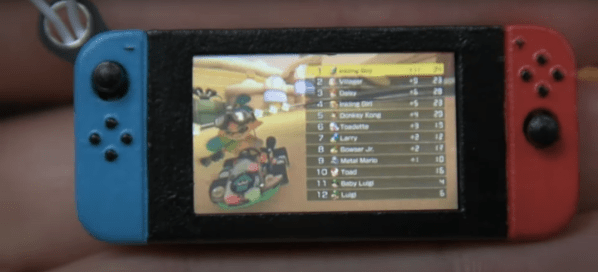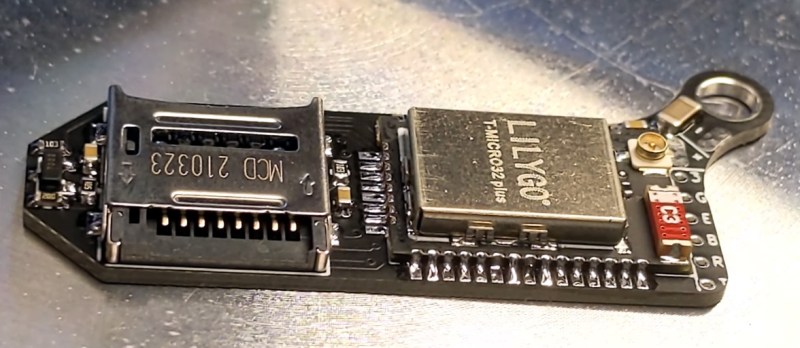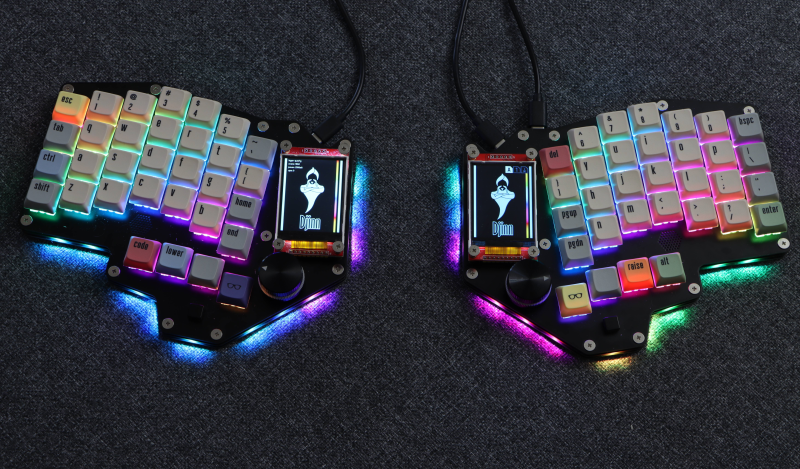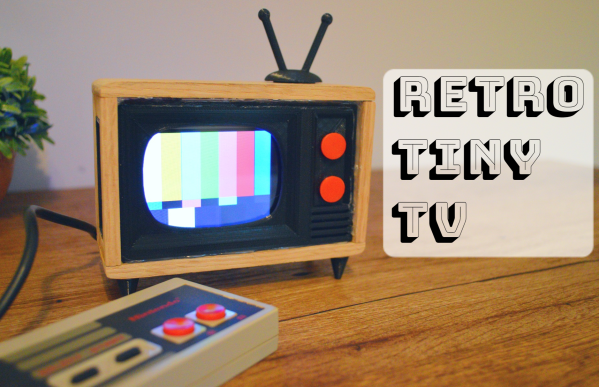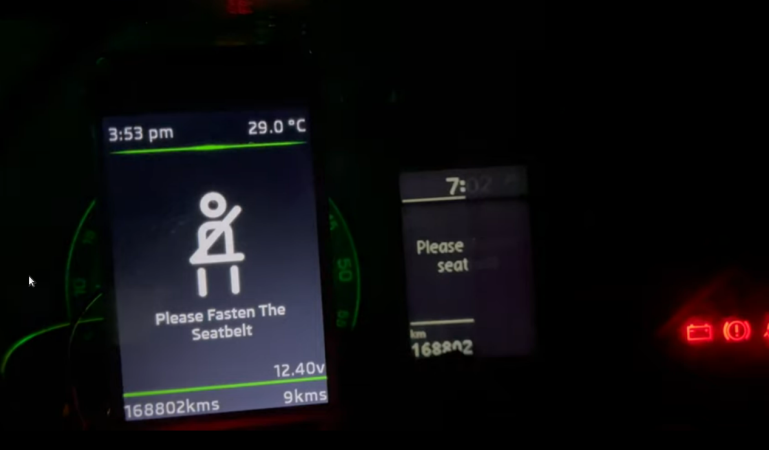Who can say ‘no’ to a free TV, even if it’s broken? This was the situation [Andrew Menadue] ended up in last year when he was offered an LG 39LE4900 LCD TV. As [Andrew] describes in the blog post along with videos (see first part embedded after the break), this particular television had been taken to a television repair shop previously after the HDMI inputs stopped working, but due to a lack of replacement parts the owner had to make due with the analog inputs still working. That is, until those stopped working as well.
The nice thing about these TVs is that they are very modular inside, as [Andrew] also discovered to his delight. In addition to the LG controller board, an inverter board and the power supply board, this TV also contained a TCON PCB. After some initial unsuccessful swapping of the parts with EBay replacements, nothing was (surprisingly) working, but it did turn out that the TCON and inverter boards are made and sold by AUO (major Taiwanese display manufacturer), along with the display itself.
In the end it turned out that the AUO boards and screen were fine, and after sourcing a board to convert VGA input to the LVDS signal accepted by the TCON board, the whole display worked. Naturally using a board with HDMI inputs would be nice, but it does show how a ‘broken’ TV can be turned into a really nice, big monitor without all too much effort if it’s just the controller board that went on the fritz.
Continue reading “What To Do With A Broken Television When You Can’t Fix It”


